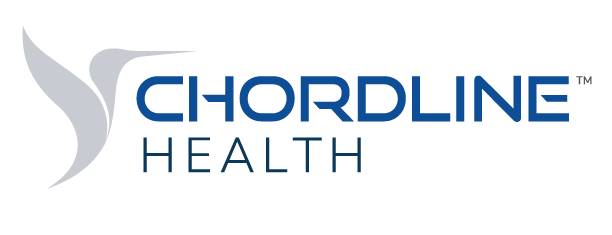Gaining the Right Value from Population Health Management: 3 Secrets to Success
By Matt Fahner
As population health management becomes a vital element for long-term success, it’s time to take a closer look at what is holding providers and health plans from gaining the value they seek.
Two out of three healthcare leaders believe population health management will be very important or critically important to their organization’s success, a recent survey found. Yet there are signs many organizations aren’t getting the value they seek from their approach.
For instance, as more health plans, providers and disruptors invest in population health management, there is a “a drastic and alarming range of success and failure,” a PwC analysis reports. And while one out of four healthcare leaders find the idea of financial incentives for population health management performance appealing, just 56% feel at least moderately prepared to take on risk related to cost and quality outcomes, down from 69% in 2021.
Leaders also face lack of trust from stakeholders around the potential impact of their efforts and lack of staff to put these models into play. “We are living in a really historic time of a lack of trust in science,” Geeta Nayyar, MD, author of “Diagnosing and Treating Healthcare’s Misinformation Illness,” said during the Healthcare Financial Management Association’s annual conference this past June. Restoring trust depends in part on making sure physicians and clinicians “see this as an optimistic time with technology and innovation and not just another burden,” she said.
These are challenges leaders for health systems and health plans must overcome if they are to realize the potential of population health management for those they serve as well as their teams.
Overcoming barriers to population health value
Today, gaining the desired value from population health management efforts requires more than the ability to identify and manage health risks among vulnerable populations. It also necessitates a clinician-empowered approach that builds trust in the data used to inform interventions and delivers information in ways that increase, not hinder, their capacity to improve patient outcomes.
Here are three key considerations in developing a future-forward approach that improves health and reduces utilization management without putting undue strain on clinicians.
Take a fresh look at how clinicians receive population health management data. The ideal solution will put actionable information in clinicians’ hands directly within their workflows. It will also be intuitive to navigate, making it easy for clinicians to determine which patients show signs of emerging risk and the action steps that could make a difference. Ease of access is crucial not only to gaining clinician buy-in, but also to preventing the risk of burnout that occurs when clinicians feel as if a solution was implemented without their needs in mind. Look for flexible filtering options that sift through information from hundreds of sources to deliver the right data view to nurses. Just as important, make sure the platform clearly interprets that data to save time. This avoids scenarios where clinicians are put in the role of data analyst and empowers them to devote more of their focus to patient care and engagement.
Turn up the focus on predictive analytics. In the move to accelerate value-based care, predictive analytics — especially for population health management — will become even more prized by hospitals and health systems. It’s one reason why Rock Health predicts 2024 will be the year payers and providers upgrade their internal infrastructure to support advanced analytics, whether on their own or with a partner. Going beyond risk identification toward prediction and prevention empowers clinicians to not only improve health, but also reduce utilization management and, ultimately, costs of care. Invest in predictive analytics tools that assign risk scores based not just on claims data, but also patient demographics and patterns in health behavior. These include a patient’s health-related social needs and care utilization patterns. With this information in hand, clinicians can better understand the issues specific patients face, including around medication adherence and treatment plan compliance. From there, they can develop a more nuanced approach to care intervention that makes a measurable impact on health. Also critical: access to data that gives providers a regional and national view into health risks. This enables providers to leverage learnings from peers around ways to advance population health.
Give clinicians a big-picture view into the impact they’ve made. Gaining and maintaining momentum around population health management depends on transparency around performance. Celebrate clinicians’ wins widely. Share what works — and what hasn’t — and bring clinicians together regularly to talk about the progress they’ve made and the actions that could strengthen their collective impact on care. This provides a foundation for building upon population health management success. It also lets clinicians know: “Your efforts matter.”
As population health management becomes a vital element for long-term success, it’s time to take a closer look at what is holding providers and health plans from gaining the value they seek. By doubling down on ease of use, predictive analytics and transparency around impact and opportunity, healthcare leaders can more effectively prepare their teams to take a next-level approach.
